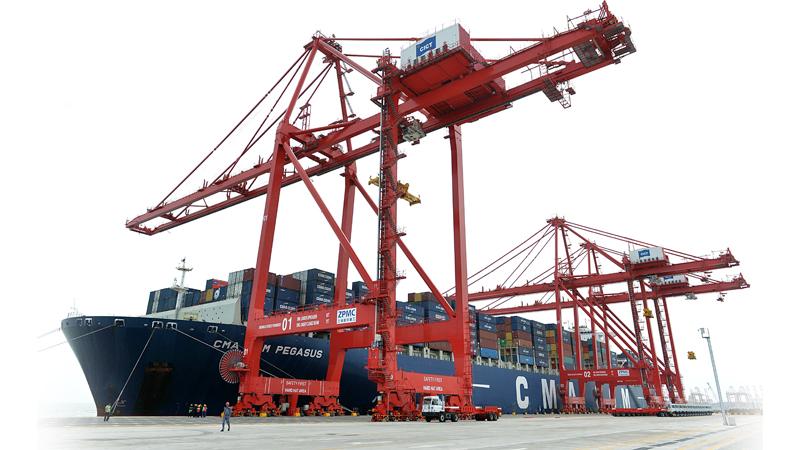
Expanding the export basket, focusing on services exports and being a part of the value chain for other countries which export to global markets will enable exporters to gain access to overseas markets, National Chamber of Exporters President, Ramal Jasinghe told the Business Observer in an interview last week.
Excerpts:
Q: Sri Lanka’s exports are still not at its full potential due to low value addition which is yet less than 30 percent. What steps do you propose to get over the issue and make exports reach a wider global market?
A: We need a revival of our manufacturing and service sectors. Industries such as agriculture, ICT, tourism and the service provider sectors supported by new technology and modern/updated practices, can boost our foreign exchange earnings by participating in the export drive.
Efforts must be taken to look for new markets and new items as well as services for export, and even seek opportunities to become an integral part of a value chain to other countries which export products and services to the global marketplace.
This approach could provide exporters, industrialists, and service providers, access and inclusion to overseas markets which we do not currently participate in.
I believe this approach could help the expansion and inclusion of the local product and services entrepreneur to the value chain and thereby draw a wider net of Small and Medium scale Enterprises (SME’s) into the export development effort.
Q: How could exporters make the best use of the devaluation of the local currency to boost export revenue?
A: Sri Lankan exporters will benefit from the depreciating rupee, if they could substitute and source raw materials locally and reduce the use of imported components.
Focus and active participation of the scientific and industrial research communities can bring about this change and help reduce the dependency on imported components to bring greater benefits accruing out of this situation.
After all we live in a land blessed with natural resources, which need be further researched and mined, refined, complemented with innovative ideas, to bring about value addition for use in manufacture.
Direct positive impacts and benefits would accrue if we make efforts and design programs and incentives to enhance value addition to over 50%, where possible.
However, it must be stressed, that care should be exercised to ensure that the quality of our products and services is not compromised and remains competitive in the export markets in which we participate.
We need to also move into developing new markets and export new products rather than depend on the traditional items and markets to which we export.
This would be a mid to long term plan which the stakeholders would have to give serious thought to and take relevant steps for implementation and arrangements to finance such projects and programs.
Q:The export income target set for this year is US$ 17. 5 billion. Can we get to that mark by the end of the year and if not how should we be prepared strategically to achieve a higher target in the coming year?
A: According to statistics we have so far recorded around US$14.6 billion. We envisage that if the current export growth rate is maintained the target of $ 17.5 billion could be achieved.
I feel that this is a time for inward thinking to strategise on our strengths and to strengthen our weaknesses particularly in enhancing the value addition component of our exports, so that our exporters could record a worthwhile gain in foreign exchange which would help seek new export opportunities and invest in further research and development to ensure the continuous development of our export performance.
I believe that the adages of “ Produce or Perish” and “ Export or Perish” are valid to this day as they were decades ago! This is I believe the driving force behind the sustainable economic development of the country to meet the demand for greater export performance.
Since regaining the GSP Plus scheme in 2016 exports from April 2017 to April 2018 recorded a 11 percent growth with apparel exports accounting for nearly 60 percent with a growth of eight percent.
Prior to regaining the EU concession scheme, exports from 2012 to 2016 increased by 6.85 percent with coconut oil, processed food, discharge lamps, refined copper and lead alloys contributing a major share to the value of exports.
